

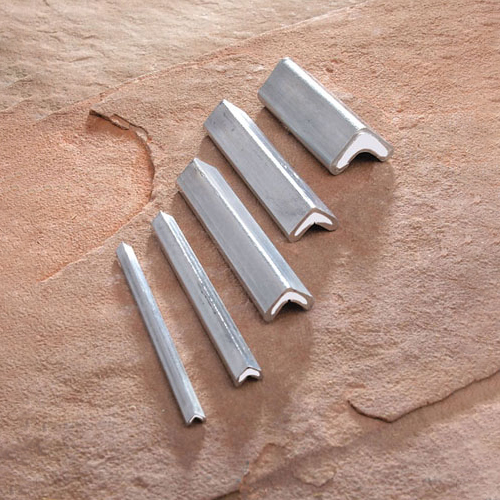
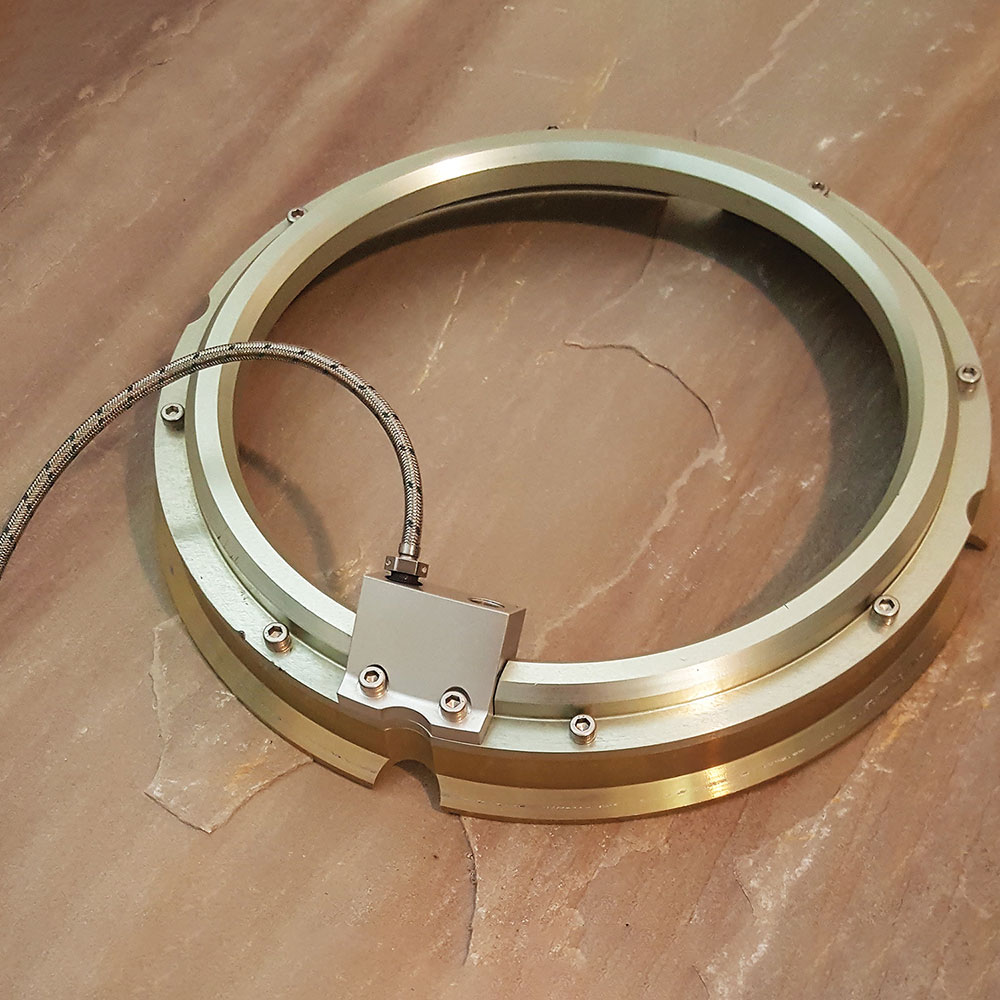
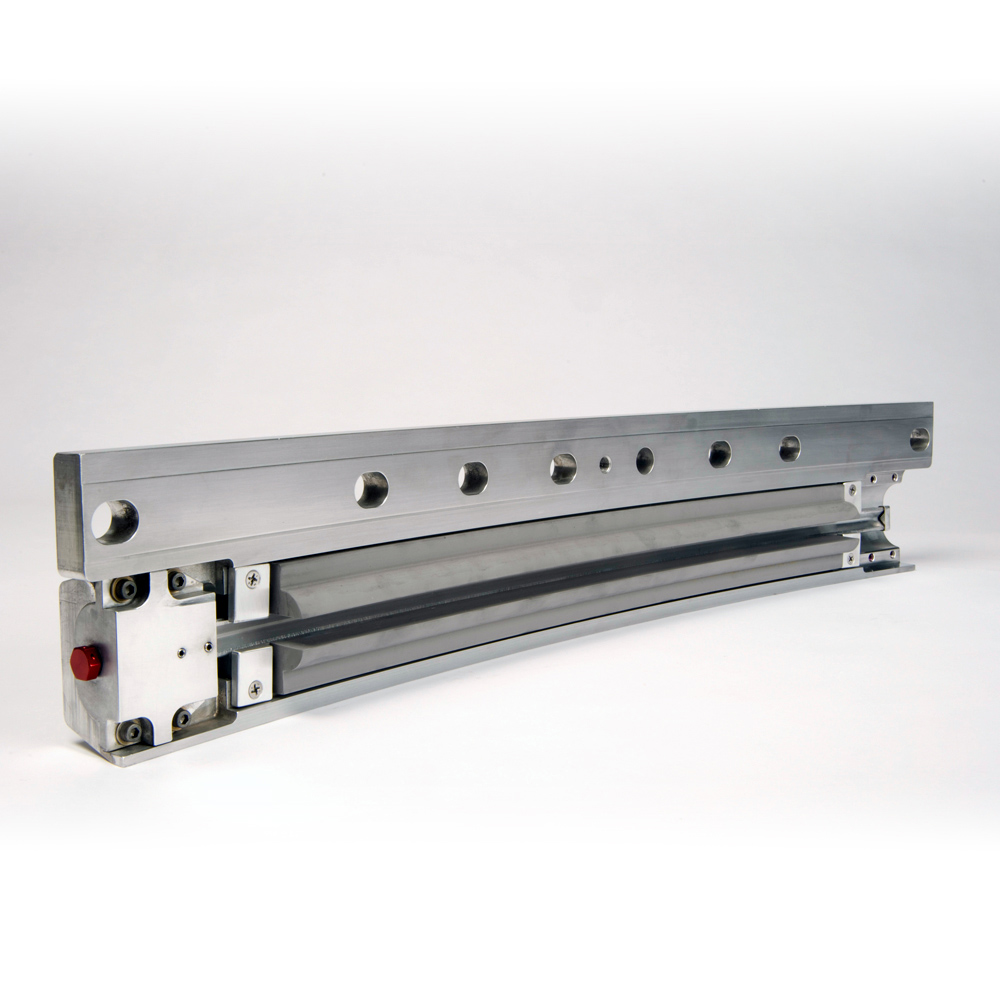
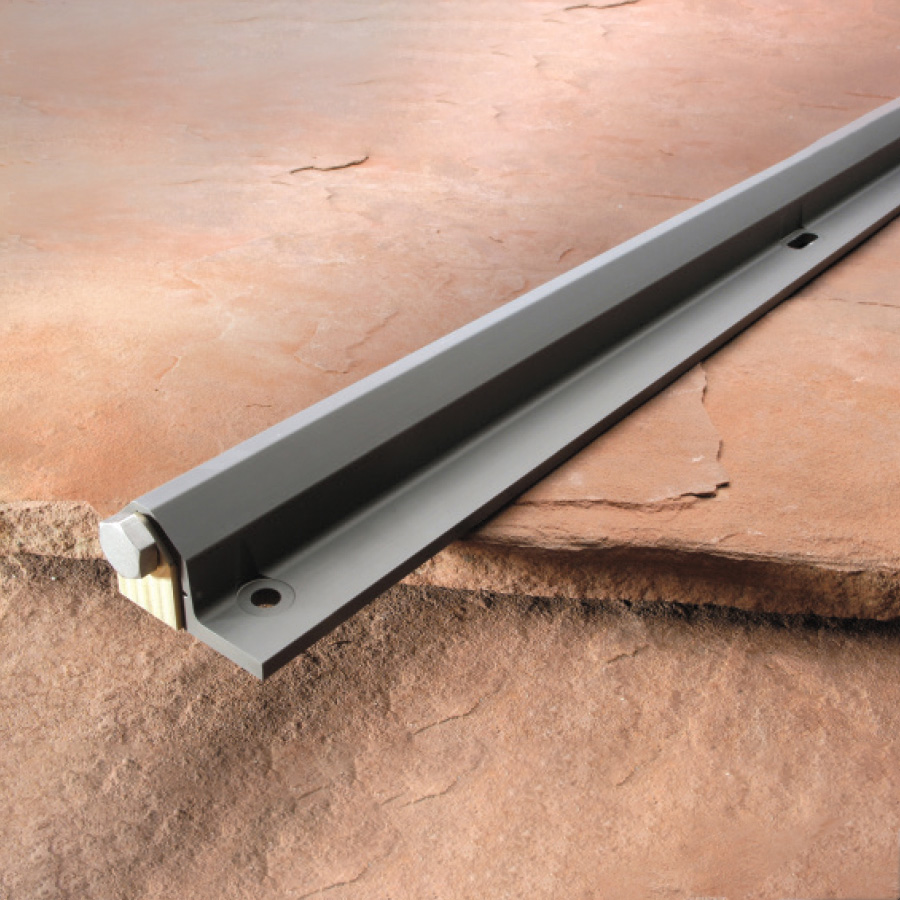
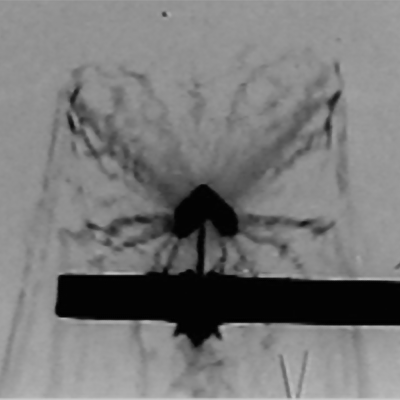
Flash X-Ray
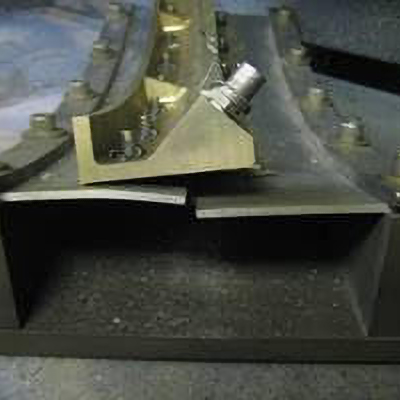
Post-Function
Linear Shaped Charge
LSC is an explosive product that produces a cutting jet to sever a wide range of materials and applications such as cutting launch vehicle and missile skins for stage separation, rocket motor thrust termination, aircraft egress, breaching, Explosive Ordnance Disposal (EOD), and other applications where fast and reliable cutting is required. EBAD’s LSC comes in a variety of metal cladding and can be used to sever steel, aluminum, titanium, composite materials, and other metals, structural sections, and glass.
Since pioneering Linear Shaped Charges in the late 1950’s, EBAD has designed, manufactured and qualified thousands of LSC systems and has extensive experience with LSC applications. LSC is manufactured in a wide range of core loads and metal sheaths to facilitate broad material cutting requirements.
Principle of Operation
The secondary explosive in the LSC is initiated by a detonation signal from an EBAD Detonator Booster Assembly (DBA), or from the end tip of a Flexible Confined Detonating Cord Assembly (FCDCA). LSC assemblies typically have an integrated manifold to accept the DBA or FCDCA to enable a reliable detonation transfer to the LSC. Upon initiation the unique shape of the LSC produces a cutting jet that penetrates its intended target. In a typical installation, the length of the LSC is formed to match the contour of the cutting surface. LCS’s are often assembled into metallic or rigid foam charge holders that mitigates back blast, protects the LSC from environments, while providing the optimum standoff height.
Construction
Linear Shaped Charge is a continuous explosive core enclosed in a seamless metal sheath shaped in the form of an inverted V, and is manufactured in a wide variety of explosive core loads ranging from approximately 10 gr/ ft to 1200 gr/ft. Typical sheath materials include copper, lead, tin alloy, and aluminum. Commonly used explosive materials include RDX, PBXN-5, HNS, and HMX. Charge holders can be manufactured from a variety of materials such as structural foams, rigid plastics, or metal, depending on system integration, debris mitigation, and environmental conditions.
Applications
-
- Stage separation
- Flight Termination Systems
- Thermally Initiated Venting System (TIVS)
- Crew egress
- Explosive Ordnance Disposal
Key Features
-
- Qualified to RCC-319
- Fast and reliable cutting
- Choice of core loads
- Easy vehicle integration
- Reliable initiation from aerospace detonators
- Easy integration with EBAD FCDCA or DBA’s
- Variety of vehicle attachment options
- Debris controlled by charge holder design

